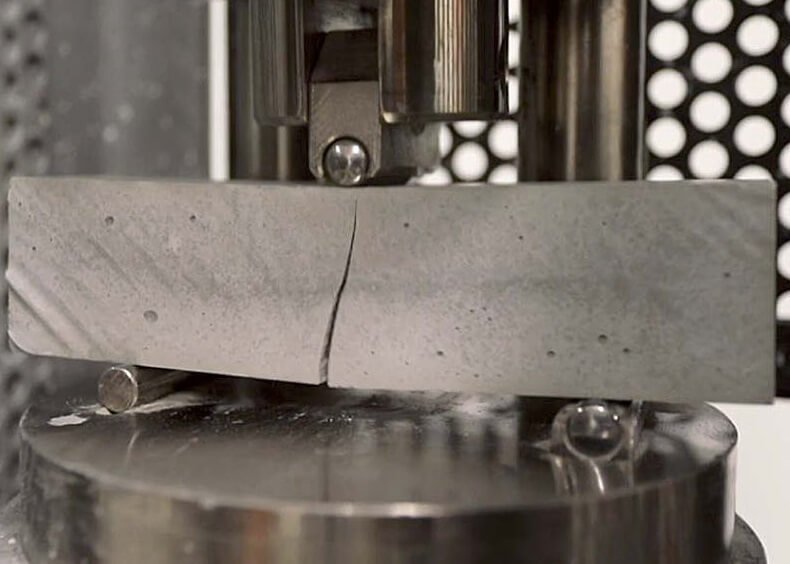

However, most common method is three-point bending method with various span lengths for plastics with small extensibility and large extensibility.
FLEXTURE DEFINITION FREE
These loading plates should be free to pivot so that they continue to apply a distributed load as the beam deflects.įlexure tests can be done by either three-point bending or four-point bending. Thus it is common to load the beam via flat plates (perhaps 25 mm wide or more) rather than cylinders. Perhaps the most common problem encountered when testing sandwich beams with thin face sheets as opposed to solid laminates is the greater potential for local damage at the loading and support points. Correspondingly, the sandwich beam is typically fabricated by personnel skilled in such fabrication techniques, as opposed to the sandwich compression test coupon which may have to be fabricated by mechanical test laboratory personnel or others who are much less knowledgable. Unlike the sandwich beam test discussed in Section 7.2.6.4.3 as a compression test of the face sheet material, a true flexural test of a sandwich beam is intended to test all components of the beam, viz., the axial tensile and compressive strengths of the face sheets, the shear strength of the core material, and the strength of the adhesive which bonds the face sheets to the core. 106 However, during the past few years, the amount of this type of testing has increased significantly. Whitney, in Comprehensive Composite Materials II, 2018 7.2.8.1.2 Sandwich beamsįlexural testing of sandwich beams, in particular beams consisting of a honeycomb core and thin composite laminate face sheets, has been performed for many years, in fact about as long as composites have been seriously considered as a construction material.


 0 kommentar(er)
0 kommentar(er)
